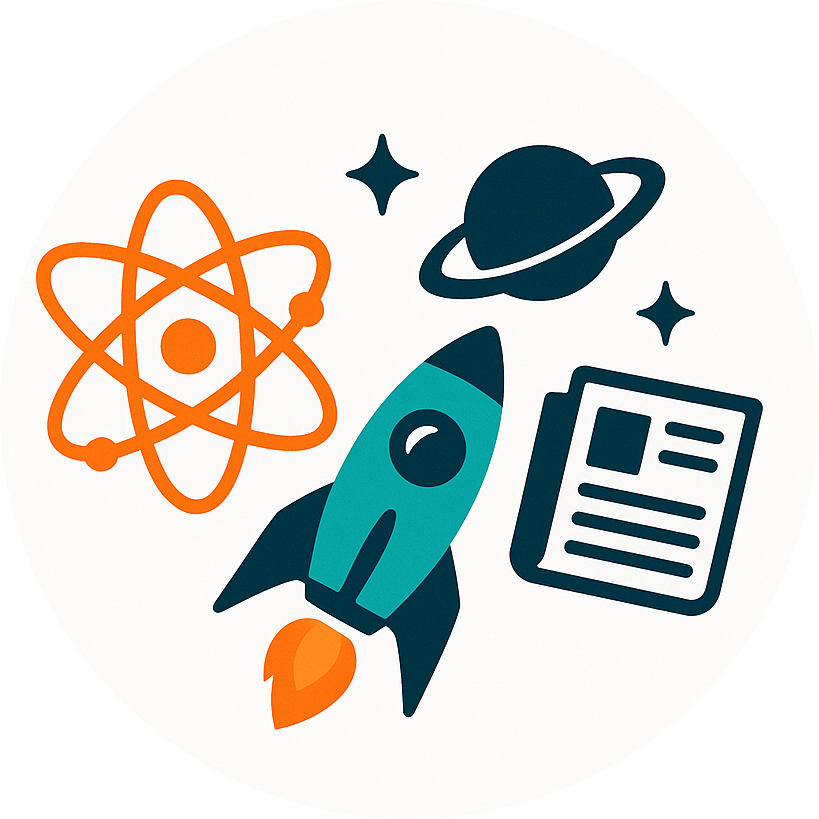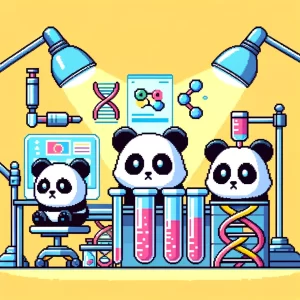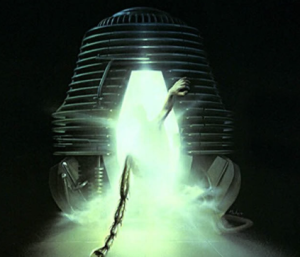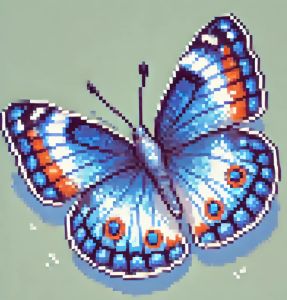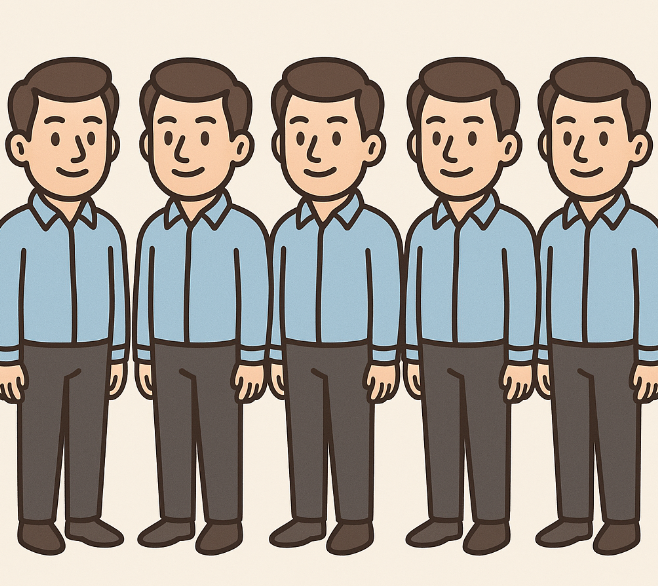
The Truth About Human Cloning—and Why It Fails
Every so often, headlines whisper of labs ready to “clone a human.” The idea sparks equal parts fascination and fear. Could we one day bring back a lost loved one, or replicate the genius of an Einstein? Yet, as evolutionary biologist Francisco J. Ayala reminds us, genomes can be cloned, but individuals cannot. Behind the hype lies a deeper truth: cloning isn’t just a technical challenge—it’s an ethical and philosophical one about what it means to be human.
From Dolly to Delusion
When Dolly the sheep was cloned in 1996, it marked a stunning scientific leap. Scientists used somatic cell nuclear transfer (SCNT)—inserting the DNA from an adult cell into an egg whose own nucleus had been removed. The egg was then stimulated to grow into an embryo, which eventually became Dolly. It took 270 failed attempts to produce that single lamb.
After Dolly’s birth, talk of human cloning spread like wildfire. Some fringe scientists even claimed to be preparing for it. But success in animals never translated to humans. Even today, most cloned mammals suffer from severe health problems—organ failure, immune disorders, or early death. Dolly herself was euthanized at six years old due to lung disease and arthritis.
The takeaway: cloning is a messy, inefficient process. And that’s just the biology. The ethical terrain is even rougher.
The Myth of the “Perfect Copy”
Ayala dismantles one of cloning’s biggest misconceptions: the idea that cloning a person means replicating who they are. Genes are only the blueprint. The actual person—their mind, temperament, moral compass, creativity—is the product of a lifelong dance between genes and environment.
He illustrates this beautifully through experiments with plants and rats. Identical plants, genetically cloned from a single source, grew into drastically different forms when planted at different altitudes. Likewise, two strains of rats—one bred for intelligence, the other for dullness—lost all differences when raised in deprived environments. The lesson is universal: the environment shapes potential.
A cloned Einstein wouldn’t be Einstein. Raised in another home, under another teacher, in another century, that child might never even take an interest in physics. We might instead create someone with Einstein’s genetic potential but none of his intellectual legacy—or worse, a person burdened by expectations they never chose.
When Science Meets Temptation
Still, some dreamers and would-be pioneers argue that human cloning could “improve” humanity by multiplying the genes of exceptional people—geniuses, saints, or leaders. Ayala calls these visions “grossly misguided.” The idea assumes that human worth can be engineered, and that cloning virtue or intelligence is as simple as copying DNA. But cloning doesn’t replicate experience, mentorship, trauma, or the messy social contexts that shape moral and creative lives.
There’s also a darker side. The same logic that glorifies cloning “the best” could justify genetic class systems or reinforce existing inequalities. In the wrong hands, the technology could become a tool for power or control—echoing the moral nightmares of eugenics. As Ayala and others warn, “Few of us would advocate preferential multiplication of Hitler’s genes. Yet who can say that in a different cultural context, Hitler might not have been one of the truly great leaders of men?”
Science, it seems, is never just about what can be done—but about what should be done.
Why the World Drew the Line
Across the world, lawmakers have largely agreed: reproductive cloning of humans is off-limits. In 2004, France declared human cloning a “crime against the human species.” Japan and Canada banned reproductive cloning but allowed limited embryonic stem cell research. The United Kingdom legalized therapeutic cloning for treating diseases like Parkinson’s and Alzheimer’s—but kept a firm prohibition on cloning entire humans. Even in the United States, thirteen states explicitly outlaw reproductive cloning, and others restrict public funding for such research.
These decisions aren’t simply about fear—they’re about foresight. They acknowledge that human cloning raises questions that science alone can’t answer:
- Who would a clone belong to—biologically, legally, emotionally?
- What rights would they have over their genetic identity?
- And how would society treat a person created to be “someone else”?
Ayala’s position is clear: cloning may one day refine life-saving therapies, but it should never be used to reproduce people.
Therapeutic Cloning: Hope Without Hubris
Not all cloning is controversial. Therapeutic cloning—the creation of stem cells genetically matched to a patient—could transform medicine. These cells might help regenerate damaged nerves, grow replacement organs, or treat diseases like sickle-cell anemia. The key difference? No full human is created or born. The goal is healing, not replication.
Still, even therapeutic cloning comes with challenges. It requires delicate control of embryonic cells, raises debates about the moral status of embryos, and remains technically difficult and expensive. But its promise—repairing spinal injuries, ending transplant shortages, and curing genetic diseases—is immense.
If the 20th century gave us antibiotics and organ transplants, the 21st might give us bioengineered regeneration. That’s a future worth striving for—one grounded in compassion, not vanity.
What Makes Us Human
Ayala’s conclusion is both scientific and deeply humanistic:
“Genomes can be cloned; individuals cannot.”
Our DNA is not our destiny. Each of us is the sum of a thousand influences—parents, teachers, friends, the books we read, the mistakes we make. Even identical twins, born from the same embryo, grow into distinct individuals with their own laughter, loves, and fears.
To clone a genome is to copy a text. To clone a human would be to pretend we can rewrite a story that’s still being lived.
And perhaps that’s the greatest ethical lesson of all: biology gives us power, but wisdom must guide its use.
Let’s Explore Together
- If cloning a human could be made safe, should it ever be allowed?
- Where should we draw the line between therapy and “playing god”?
- What do you think makes someone truly unique—their genes, their story, or their choices?
Share your thoughts. Because the future of science isn’t written in DNA—it’s written in dialogue.
